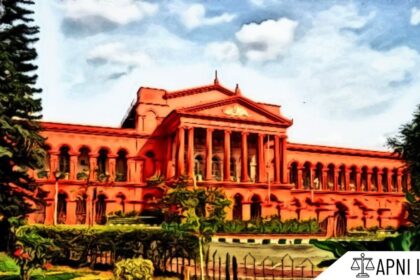Introduction
The Information Technology Act, 2000 (ITA-2000) is a key law in India that targets cybercrime and supports electronic commerce. It gives legal recognition to electronic transactions. The Act also promotes e-governance across sectors. Its main goal is to prevent cybercrimes and ensure secure digital operations.
The Act also defines offenses like data theft. It explains how to handle such cases through adjudication and appeals. It also lists major cyber crimes and their punishments.
What Does the IT Act 2000 Cover?
The Information Technology Act 2000 focuses on key areas related to digital communication and cyber law. It mainly deals with:
Legal recognition of electronic documents
Legal recognition of digital signatures
Cyber offenses and contraventions
Justice systems for handling cyber crimes
Why Was the IT Amendment Act 2008 Needed?
The IT Act 2000 was India’s first law on digital technology, e-commerce, and e-communication. Over time, experts raised concerns. Some called the law too harsh, while others found it too lenient.
The Act missed key areas. So, investigators often relied on the Indian Penal Code (IPC) instead of the IT Act, even for tech-related crimes.
To address these gaps, the government felt the need for a major update. Industry experts and advisory groups reviewed the law. They compared it with international cyber laws and suggested changes.
The result was the Information Technology Amendment Act 2008. Parliament passed it soon after the 26/11 Mumbai attacks. The President gave assent on 5 February 2009. The amendment came into force on 27 October 2009.
Structure of the IT Act, 2000?
The Information Technology Act, 2000 consists of 13 chapters and 90 sections. It also includes Sections 91 to 94, which amend four major laws:
Indian Penal Code, 1860 (now Bharatiya Nyaya Sanhita)
Indian Evidence Act, 1872 (Bharatiya Sakshya Adhiniyam)
Bankers’ Books Evidence Act, 1891
Reserve Bank of India Act, 1934
IT Amendment Act 2008: Key Highlights
The 2008 amendment to the IT Act introduced major changes:
Strengthened data privacy and information security.
Provided a clear definition for cyber cafés.
Made digital signatures technology-neutral.
Specified security procedures for companies.
Redefined the responsibilities of intermediaries.
Officially recognized the Indian Computer Emergency Response Team (CERT-In).
Added new cyber crimes like child pornography and cyber terrorism.
Gave Inspectors the power to investigate cyber crimes. Earlier, only a DSP had this authority.
What Are Offences Under IT Act?
Offences under the Information Technology Act, 2000, clearly defines cybercrime and electronic transaction offenses. It outlines penalties for hacking, data theft, and online fraud. The Act ensures legal protection for digital activities in India. Here is an insight into some offences under the IT Act.
Cyber Fraud and Identity Crimes
These offences focus on how criminals misuse digital systems to cheat or steal information.
1. Section 65: Tampering with computer source documents is a punishable offence.
2. Section 66: Covers various computer-related crimes, including hacking.
3. Section 66B: Receiving or dealing in stolen computer resources is illegal.
4. Section 66C: Identity theft through digital means is a serious offence.
5. Section 66D: Impersonating someone online to cheat is a punishable act.
- Privacy and Content Violations
This part of the Act deals with misuse of content and violation of personal privacy.
Section 66E: Punishes anyone violating someone’s privacy using digital tools.
9. Section 67: Publishing obscene material online is illegal.
10. Section 67A: Sharing sexually explicit content electronically is a criminal offence.
11. Section 67B: It’s even more serious if such content involves children.
Section 72: If someone shares your private info without consent, they can be punished.
- Cybersecurity and Regulatory Offences
This set of laws ensures national cybersecurity and penalizes misuse of authority or false information.
Section 69: Authorities can monitor digital activities under legal conditions.
12. Section 70: Protects critical information infrastructure.
13. Section 71: Misrepresentation in digital certificates is punishable.
14. Section 74: Publishing fake electronic signatures is an offence.
15. Section 75: Even if a cybercrime is committed outside India, the law can still apply.
Conclusion
In conclusion, the Information Technology Act, 2000, plays a vital role in regulating India’s digital space. It defines key cyber offenses, ensures legal backing for electronic transactions, and promotes secure online practices. The 2008 amendments strengthened its framework, addressing evolving cyber threats. With a clear structure and updated provisions, the IT Act continues to support safe and lawful use of technology in India.








